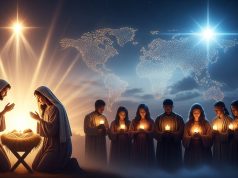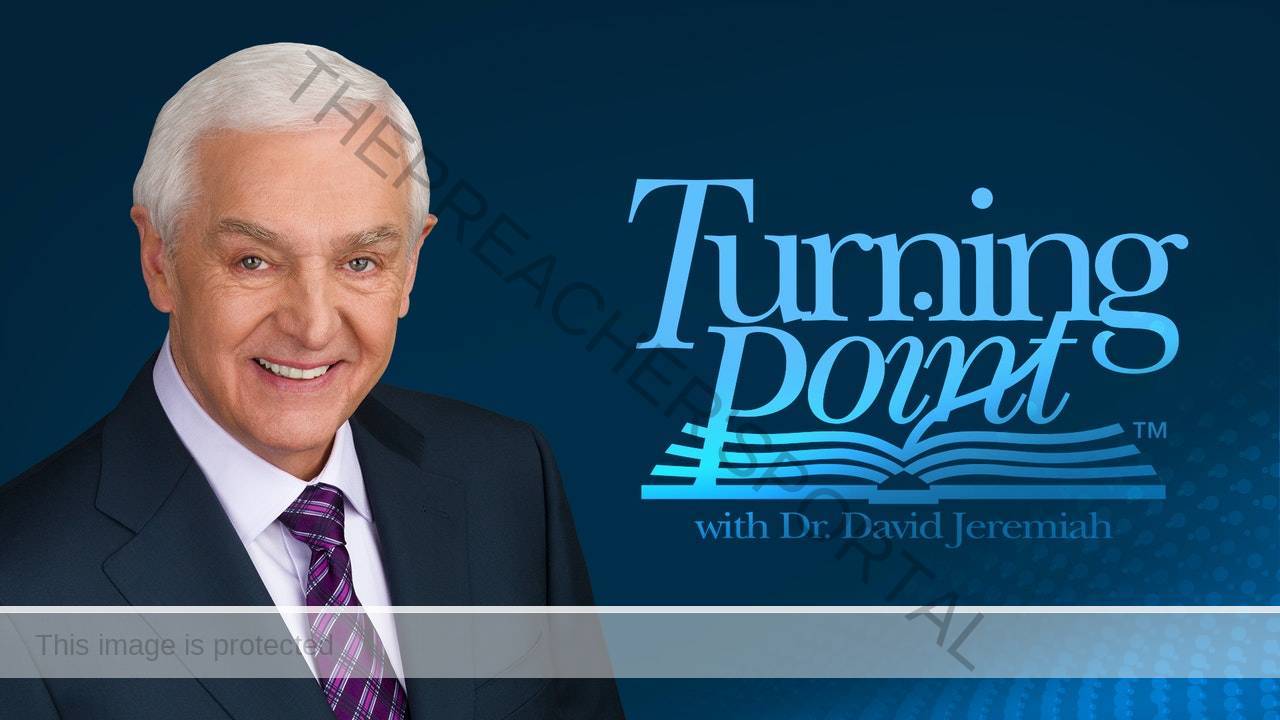7 Interesting Facts About Thanksgiving In The United States
7 Interesting Facts About Thanksgiving In The United States
Across the United States, families and friends will be celebrating Thanksgiving, a federal holiday created to thank God for the blessings given in one’s life.
The observance has its share of secular traditions, such as a big feast, the gathering of extended family, football games, and traveling to see loved ones.
ALSO, READ Joe Biden Becomes 1st President To Omit ‘God’ From National Day of Prayer Proclamation
The holiday has a complicated history, which goes beyond the traditional imagery of Pilgrims and Indians, and has been observed on dates other than the fourth Thursday of November.
Here are seven interesting facts about Thanksgiving, from noting observances that predate the Plymouth Rock meal to a look at how many people are expected to travel this year.
Thanksgiving Celebrations That Predate Plymouth
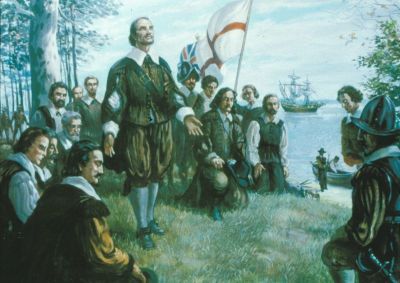
Overall, Americans tend to think of the 1621 meal shared between the Pilgrims and the Wampanoag tribe at the Plymouth settlement in Massachusetts to be the “first Thanksgiving.”
However, other locations in what is now the United States have staked claim to being the real first Thanksgiving in American history, having predated the Plymouth gathering.
This includes St. Augustine, Florida, which in 1565 featured a mass, a celebratory feast, and a treaty brokered between the Spanish colonists and local Native Americans.
Another, which took place in 1619 at Berkeley Plantation in Virginia, involved Captain John Woodlief and 35 settlers arriving from Bristol, England, and a celebration to thank God for their safe journey.
Traditional Thanksgiving food

Traditional cuisine for the modern Thanksgiving meal involves turkey as the main course, with cranberry sauce, stuffing, mashed potatoes and pumpkin pie.
However, the Pilgrim feast at Plymouth Rock did not showcase this menu, as contemporary accounts of the 1621 meal list venison and fowl, but no confirmed turkey.
7 Interesting Facts About Thanksgiving In The United States
“Culinary historians speculate that the deer was roasted on a spit over a smouldering fire and that the colonists might have used some of the venison to whip up a hearty stew,” noted History.com.
“Local vegetables that likely appeared on the table include onions, beans, lettuce, spinach, cabbage, carrots and perhaps peas.”
The first United States Thanksgiving (technically)
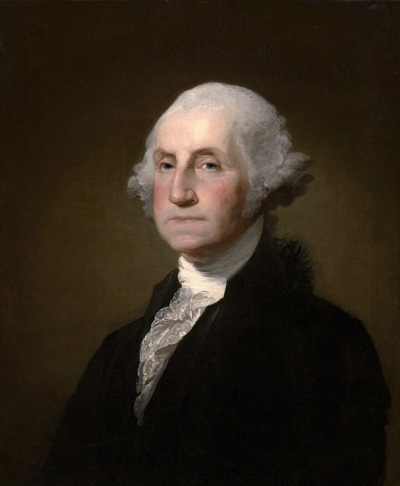
While serving as the first president of the United States, George Washington issued the first Thanksgiving proclamation in October 1789, which designated Nov. 26 of that year as a day of Thanksgiving.
The proclamation noted that “it is the duty of all Nations to acknowledge the providence of Almighty God, to obey his will, to be grateful for his benefits, and humbly to implore his protection and favor.”
“I do recommend and assign Thursday the 26th day of November next to be devoted by the People of these States to the service of that great and glorious Being, who is the beneficent Author of all the good that was, that is, or that will be,” stated Washington’s proclamation.
7 Interesting Facts About Thanksgiving In The United States
Although technically being the first Thanksgiving proclamation, it did not establish a running annual tradition of November holidays, with Washington issuing a similar proclamation in February 1795 to celebrate the defeat of a tax revolt in Pennsylvania.
Abraham Lincoln’s proclamation
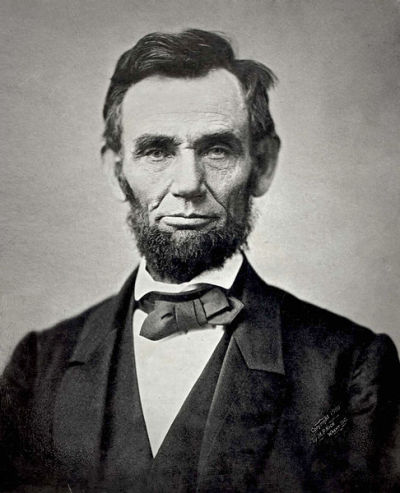
In the middle of the American Civil War, President Abraham Lincoln issued a Thanksgiving proclamation credited with beginning the annual trend of late November proclamations.
Lincoln issued the proclamation on Oct. 3, 1863, a few months after the Battle of Gettysburg, generally considered the turning point of the national conflict.
“No human counsel hath devised nor hath any mortal hand worked out these great things. They are the gracious gifts of the Most High God, who, while dealing with us in anger for our sins, hath nevertheless remembered mercy,” read the proclamation.
“I do therefore invite my fellow-citizens in every part of the United States, and also those who are at sea and those who are sojourning in foreign lands, to set apart and observe the last Thursday of November next, as a day of Thanksgiving and Praise to our beneficent Father who dwelleth in the Heavens.”
Congress Fixes The Date
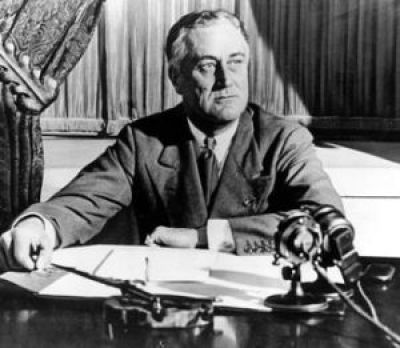
In 1939, President Franklin Delano Roosevelt broke with decades of tradition and attempted to move the Thanksgiving observance from the last Thursday in November to the second to last Thursday.
The move was widely criticized, with several states refusing to follow the new date for the major holiday. This prompted Congress to officially designate that the holiday be held on the fourth Thursday of November.
“Roosevelt, recognizing the problems caused by his 1939 decree, had announced a plan to return to the traditional Thanksgiving date in 1942,” explained the Library of Congress.
“But Congress introduced the legislation to ensure that future presidential proclamations could not affect the scheduling of the holiday. Their plan to designate the fourth Thursday of the month allowed Thanksgiving Day to fall on the last Thursday in five out of seven years.”
7 Interesting Facts About Thanksgiving In The United States
Pardoning Turkey
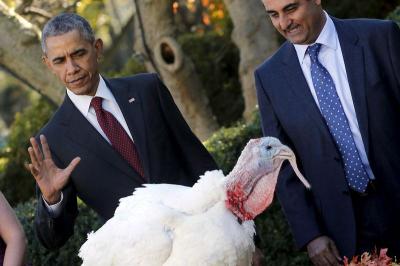
One of the more lighthearted yet highly publicized traditions that has emerged for Thanksgiving in recent decades has been the presidential pardoning of a turkey at the White House.
The origins of the tradition are uncertain, according to Betty C. Monkman of the White House Historical Association, with some claiming that President Abraham Lincoln began the tradition, while others insist it was President Harry S. Truman.
It wasn’t until the 1980s under President Ronald Reagan that the tradition, which had been sporadic at best, became a consistently observed Thanksgiving tradition.
“After 1981, the practice of sending the presentation turkey to a farm became the norm under President Ronald Reagan. The turkey ceremony also became a source of satire and humor for reporters,” wrote Monkman.
“The formalities of pardoning a turkey gelled by 1989, when President George H. W. Bush, with animal rights activists picketing nearby, quipped, ‘But let me assure you, and this fine tom turkey, that he will not end up on anyone’s dinner table, not this guy — he’s granted a Presidential pardon as of right now — and allow him to live out his days on a children’s farm not far from here.’”
Thanksgiving Travel ‘Rebound’?
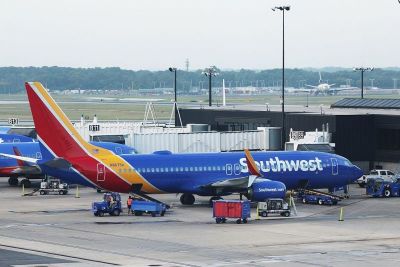
An unofficial tradition of Thanksgiving has been the tens of millions of Americans who travel great distances to be with family for the holiday.
Although last year saw a drop in commuting for the holiday, due to the peak of pandemic lockdowns and mandated social distancing, AAA estimates that this year will see a “rebound.”
In a press release from earlier this month, AAA predicted that 53.4 million people will travel for the Thanksgiving holiday, which will be up 13% from 2020.
“This brings travel volumes within 5% of pre-pandemic levels in 2019, with air travel almost completely recovering from its dramatic fall during the pandemic, up 80% over last year,” explained AAA.
“With 6.4 million more people traveling this Thanksgiving coupled with the recent opening of the U.S. borders to fully vaccinated international travelers — people should prepare for roads and airports to be noticeably more crowded.”


